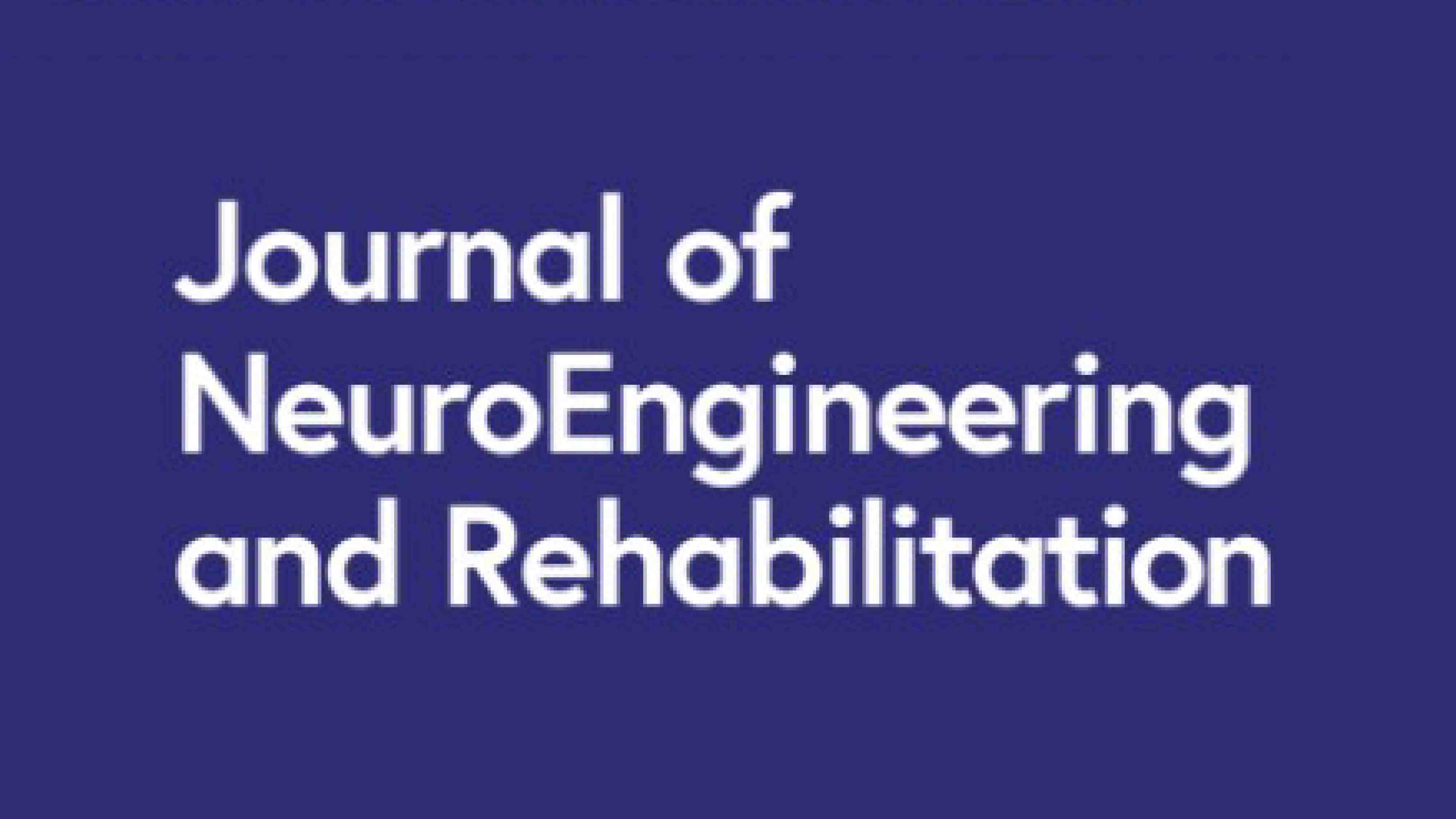
Effects of robot therapy on upper body kinematics and arm function in persons post stroke: a pilot randomized controlled trial
30 January 2020
Background: Robot-based rehabilitation for persons post-stroke may improve … Effects of robot therapy on upper body kinematics and arm function in persons post stroke: a pilot randomized controlled trial
Background: Robot-based rehabilitation for persons post-stroke may improve arm function and daily-life activities as measured by clinical scales, but its effects on motor strategies during functional tasks are still poorly investigated.
This study aimed at assessing the effects of robot-therapy versus arm-specific physiotherapy in persons post-stroke on motor strategies derived from upper body instrumented kinematic analysis, and on arm function measured by clinical scales.
Methods: Forty persons in the sub-acute and chronic stage post-stroke were recruited. This sample included all those subjects, enrolled in a larger bi-center study, who underwent instrumented kinematic analysis and who were randomized in Center 2 into Robot (R_Group) and Control Group (C_Group). R_Group received robot-assisted training. C_Group received arm-specific treatment delivered by a physiotherapist. Pre- and post-training assessment included clinical scales and instrumented kinematic analysis of arm and trunk during a virtual untrained task simulating the transport of an object onto a shelf. Instrumented outcomes included shoulder/elbow coordination, elbow extension and trunk sagittal compensation. Clinical outcomes included Fugl-Meyer Motor Assessment of Upper Extremity (FM-UE), modified Ashworth Scale (MAS) and Functional Independence Measure (FIM).
Results: R_Group showed larger post-training improvements of shoulder/elbow coordination (Cohen’s d=− 0.81, p = 0.019), elbow extension (Cohen’s d=− 0.71, p = 0.038), and trunk movement (Cohen’s d=− 1.12, p = 0.002). Both groups showed comparable improvements in clinical scales, except proximal muscles MAS that decreased more in R_Group (Cohen’s d=− 0.83, p = 0.018). Ancillary analyses on chronic subjects confirmed these results and revealed larger improvements after robot-therapy in the proximal portion of FM-UE (Cohen’s d = 1.16, p = 0.019).
Conclusions: Robot-assisted rehabilitation was as effective as arm-specific physiotherapy in reducing arm impairment (FM-UE) in persons post-stroke, but it was more effective in improving motor control strategies adopted during an untrained task involving vertical movements not practiced during training. Specifically, robot therapy induced larger improvements of shoulder/elbow coordination and greater reduction of abnormal trunk sagittal movements. The beneficial effects of robot therapy seemed more pronounced in chronic subjects. Future studies on a larger sample should be performed to corroborate present findings.

